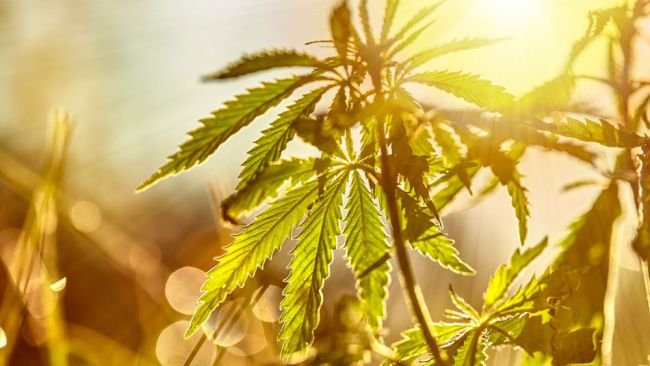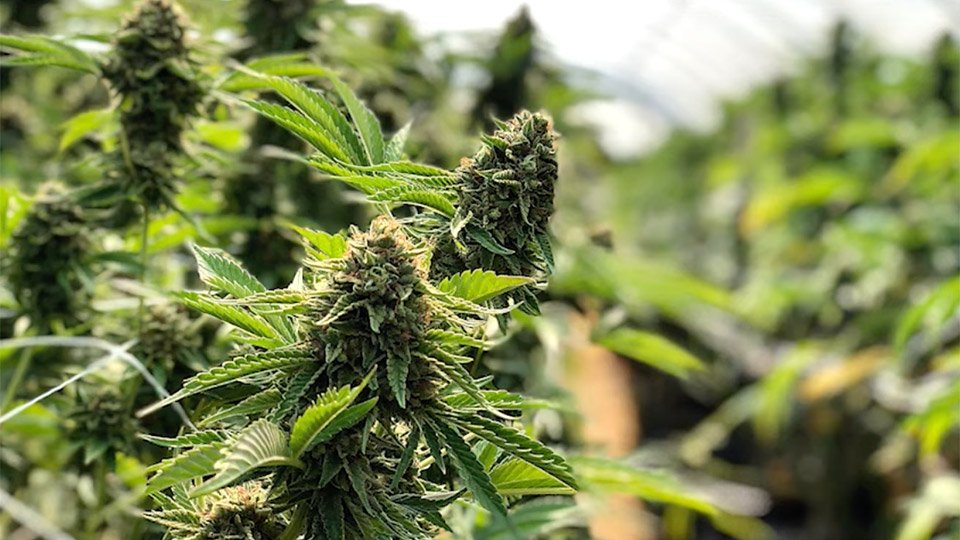
Sungrown cannabis, cultivated under the open sky and nurtured by natural sunlight, undergoes a fascinating journey from seedling to harvest. This journey is a testament to the power of nature and the skill of cultivators who harness its forces to produce high-quality, sustainable weed.
In this post, we’ll take a comprehensive look at the lifecycle of sungrown cannabis, exploring each stage from germination to harvest and beyond.
Germination
The journey of sungrown cannabis begins with the germination of seeds. Marijuana seeds are carefully selected for their genetics and viability, ensuring that they have the potential to develop into healthy plants. During germination, seeds are placed in a moist environment with adequate warmth and oxygen, triggering the emergence of a taproot and embryonic leaves. This critical stage sets the foundation for the plant’s growth and development.
Vegetative Growth
After germination, sungrown cannabis enters a phase of vigorous vegetative growth. In this stage, plants focus on developing strong stems, branches, and leaves to support future flowering. Cultivators provide optimal conditions, including ample sunlight, nutrient-rich soil, and proper irrigation, to promote healthy growth. As plants mature, they undergo rapid expansion, with foliage reaching toward the sky and branches stretching outward to capture sunlight.
Flowering Stage
As the days grow shorter and nights longer, sungrown cannabis plants transition from vegetative growth to the flowering stage. This natural response to changing light conditions triggers the production of flowers, or “buds,” which contain the plant’s prized cannabinoids and terpenes. During flowering, cultivators carefully monitor environmental factors such as temperature, humidity, and airflow to optimize bud development and prevent pests and diseases.

Maturation
As flowering progresses, outdoor weed plants continue to mature, with buds swelling and resin production reaching its peak. This stage is critical for determining the potency, flavor, and aroma of the final product. Cultivators closely monitor trichome development—the tiny glandular structures that contain cannabinoids and terpenes—to gauge when plants are ready for harvest. As trichomes transition from clear to cloudy and amber, indicating peak cannabinoid levels, plants are harvested at the optimal moment to preserve potency and quality.
Reaping
Harvesting sun grown cannabis is a labor-intensive process that requires precision and care. Cultivators carefully trim plants, removing excess foliage and fan leaves to expose the buds. Buds are then carefully harvested and dried in a controlled environment to preserve their potency and terpene profile. Once dried, the buds are cured to further enhance flavor and aroma, resulting in a final product that is ready for consumption.
Post-Harvest Care
Once harvested, the weed undergoes extra process and packaging to make it ready for sale. The buds are cured, trimmed, and inspected for quality. Packages are prepared to ensure integrity of the product and regulatory compliance. Once done, these products are sent to retailers and dispensaries where consumers can buy them to experience their benefits and effects.
The lifecycle of outdoor weed is a testament to the power of nature and the artistry of cultivation. From humble beginnings as a seedling to the mature flowering plant, sun grown cannabis undergoes a journey that is both natural and transformative. By harnessing the forces of sunlight, soil, and air, cultivators produce high-quality cannabis products that reflect the essence of the natural world. As consumers, we have the privilege of enjoying these products, knowing that they are the result of a journey that honors the principles of sustainability, quality, and respect for the environment.